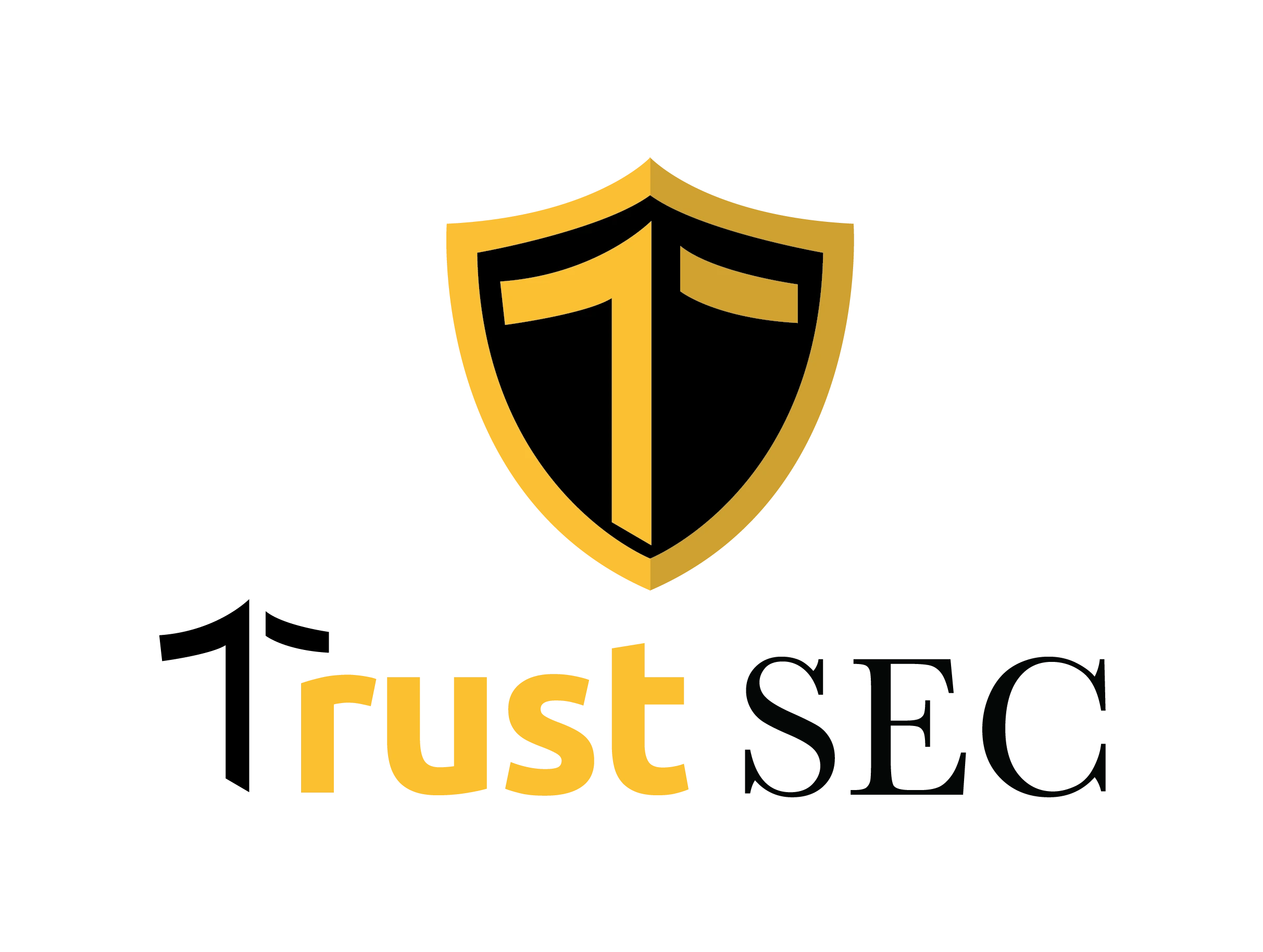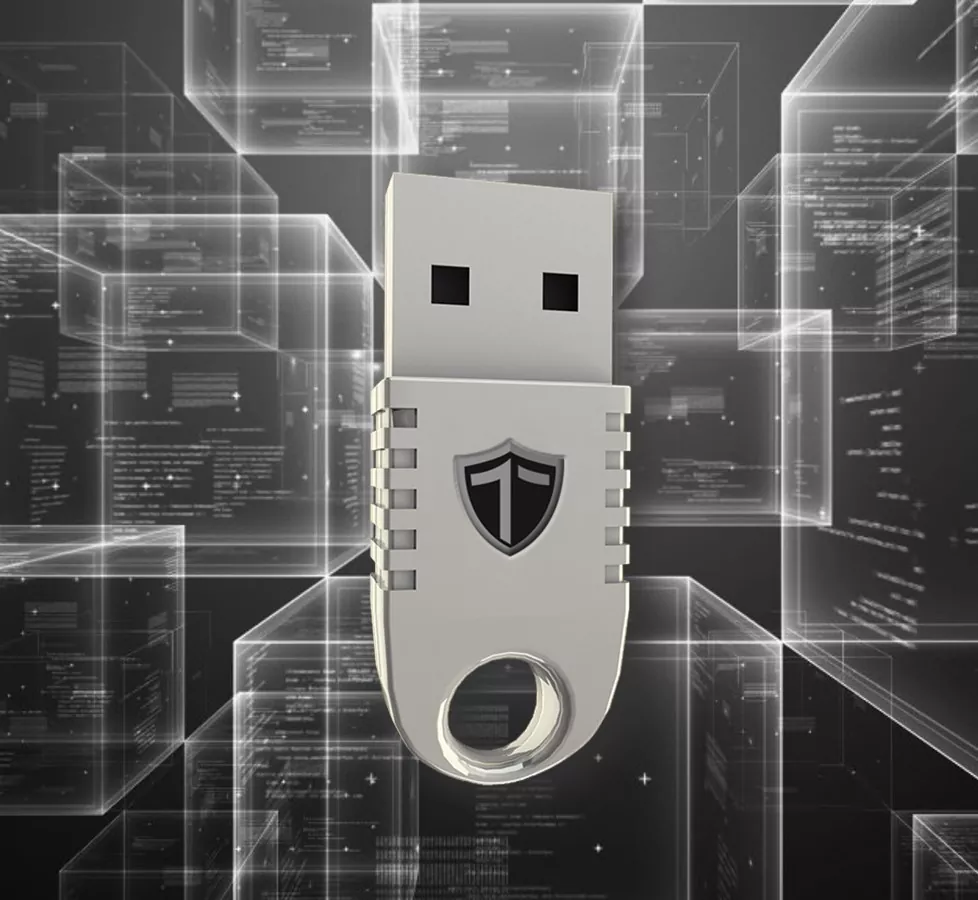Currently, verifying your online identity depends on physical or digital evidence administered by third parties, be it a passport number, proof of address, driver’s license, user credentials or some additional form. This addiction puts a lot of strain on individuals, who need to remember hundreds of passwords and are increasingly exposed to complex ways of proving their identity and managing their data.
Now it may soon stay in the past. A lot of countries and their governments around the world are trying to adopt digital identity credentials, which will eventually replace and improve upon their physical ancestors
Access to a universal digital identity could unleash new and better experiences for people as they interact with businesses, service providers, and their online community, including:
Financial Services: Improve and accelerate the user identification process to open a new bank account, apply for a loan or service payment account.
Commerce: Providing a more efficient and personalized online shopping experience, no matter what payment method or device you use, or your service provider.
Government Services: Simplify interactions with government agencies and services such as tax payments, passport applications or benefit payments.
Digital Services: Optimize and deliver simpler use of email, social networking, movie streaming services, and shared travel platforms.
This digital identity initiative could also help solve common challenges such as:
Inclusion of Identity: More than one billion people, mostly women, children, and refugees are not officially recognized; A digital identity can improve your access to health, finance and social services.
Digital Identity Verification: A unique, reusable digital identity can help people interact with a commerce, bank, government agency, and countless digital service providers with greater security, lower costs, and less friction.
Fraud Prevention: A unique digital identity can help reduce payment fraud and identify theft in various ways.


